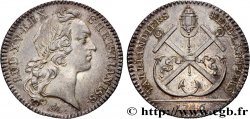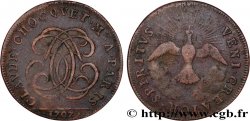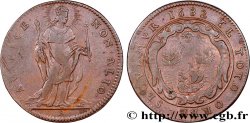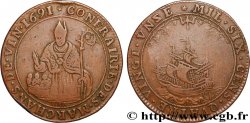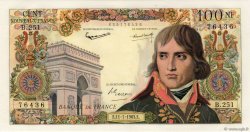You must signin and be an approved bidder to bid, LOGIN TO BID. Accounts are subject to approval and the approval process takes place within 48 hours. Do not wait until the day a sale closes to register. Clicking on « bid » constitutes acceptance of the terms of use of cgb.fr private e-auctions.
Bids must be placed in whole Euro amounts only. The sale will start closing at the time stated on the item description; any bids received at the site after the closing time will not be executed. Transmission times may vary and bids could be rejected if you wait until the last second. For further information ckeck the E-auctions F.A.Q.
NO BUYER'S FEE.
NO BUYER'S FEE.
| Estimate : | 120 € |
| Price : | 43 € |
| Maximum bid : | 62 € |
| End of the sale : | 13 January 2025 20:17:00 |
| bidders : | 7 bidders |
Type : Communauté des charrons
Date: 1755
Metal : silver
Diameter : 29 mm
Orientation dies : 6 h.
Weight : 8,95 g.
Rarity : R2
Coments on the condition:
Très très bel exemplaire mais un coup sur la tranche
Catalogue references :
Obverse
Obverse legend : LUD. XV. REX - CHRISTIANISS..
Obverse description : Buste à droite de Louis XV, signé R. filius.
Obverse translation : Louis XV, roi très chrétien.
Reverse
Reverse legend : ROTA - PALMAM ; À L’EXERGUE : COMMUNAUTE DES MAITRES CHARONS AVRIL 1755.
Reverse description : Sainte Catherine debout de face, appuyée à sa roue, la main droite sur une épée.
Reverse translation : La roue lui donne la palme.
Commentary
Ce jeton fait partie de la série des Corporations.
Au XIIIe siècle, les charrons faisaient partie de la communauté des charpentiers, comme tous les ouvriers en bois. Ils faisaient les voitures et toute sorte d'instruments de charronnage.
Au XIIIe siècle, les charrons faisaient partie de la communauté des charpentiers, comme tous les ouvriers en bois. Ils faisaient les voitures et toute sorte d'instruments de charronnage.








 Report a mistake
Report a mistake Print the page
Print the page Share my selection
Share my selection Ask a question
Ask a question Consign / sell
Consign / sell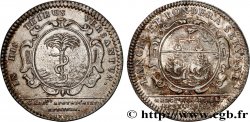
 Full data
Full data